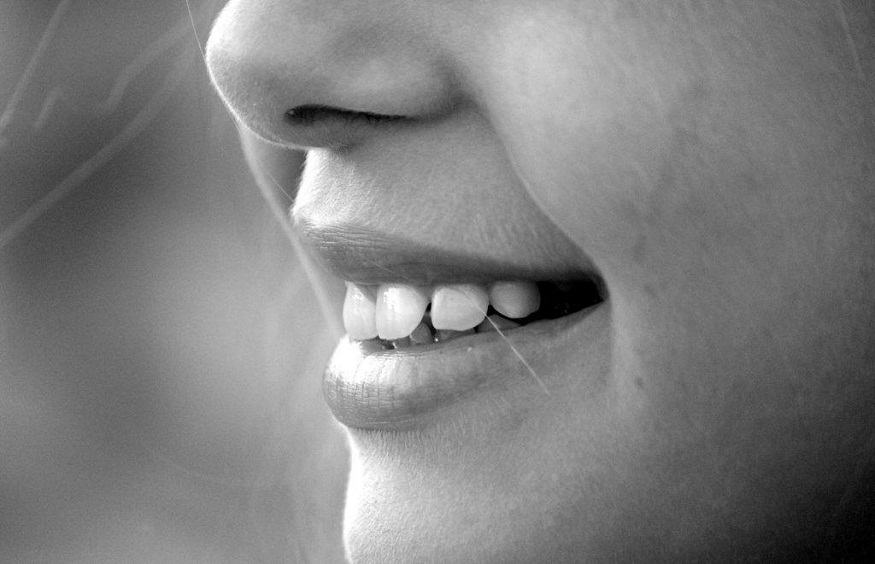Overjet, a common dental malocclusion, affects millions of individuals worldwide, compromising their smiles’ aesthetics and functionality. Characterized by the upper front teeth protruding beyond the lower front teeth, overjet can lead to difficulties with biting, chewing, and speaking, as well as increased risks of tooth wear and TMJ disorders. With various causes, including genetics, habits, and developmental issues, understanding overjet’s complexities is crucial for effective diagnosis and treatment.
This article delves into the causes, effects, and treatment options offered by the orthodontist in Irving, TX for overjet, providing valuable insights for individuals seeking to address this dental concern and achieve a healthier, more confident smile.
What is overjet?
Overjet, also known as protruding teeth, is a dental malocclusion where the upper front teeth extend significantly beyond the lower front teeth, exceeding the normal 2-4 mm overlap. This misalignment can affect facial aesthetics, oral function, and overall dental health, leading to difficulties with biting, chewing, and speaking.
There are several types of overjets based on the measurement of protrusion:
- Mild overjet: 5-7 mm
- Moderate overjet: 8-10 mm
- Severe overjet: >10 mm
What causes overjet?
Overjet may be caused by a combination of factors such as:
- Genetics: Inherited dental issues or facial structure.
- Thumb sucking or pacifier use: Prolonged habits can push front teeth forward.
- Poor oral habits: Tongue thrusting or nail biting.
- Injury or trauma: Damage to teeth or jaw.
- Developmental issues: Abnormal jaw growth or tooth eruption
What are the negative consequences of overjet?
Overjet can result in the following consequences that can hamper your oral health and overall wellness:
Aesthetic Concerns
- Uneven smile
- Protruding teeth appearance
- Facial imbalance
- Low self-esteem
Functional Issues
- Difficulty biting and chewing
- Speech difficulties (articulation problems)
- Jaw pain and discomfort (TMJ disorders)
- Increased risk of tooth wear
Oral Health Problems
- Increased risk of tooth decay
- Gum recession and periodontal disease
- Tooth Sensitivity
- Difficulty cleaning teeth
Social and Psychological Impact
- Self-consciousness and low confidence
- Avoidance of social interactions
- Difficulty with public speaking
- Emotional distress
Long-term Consequences
- Permanent tooth damage
- Jaw joint damage (TMJ)
- Bite problems
- Increased risk of dental restoration needs
How is overjet treated?
Overjet treatment options vary depending on severity, age, and individual needs:
Orthodontic Treatment
- Braces: Fixed appliances to align teeth.
- Aligners: Removable appliances (e.g., Invisalign).
- Retainers: Maintaining corrected tooth position.
Surgical Options
- Orthognathic surgery: Correcting jaw alignment.
- Maxillary advancement: Moving upper jaw forward.
- Mandibular setback: Moving lower jaw backward.
Dental Restorations
- Crowns: Reshaping teeth.
- Veneers: Improving tooth appearance.
- Bonding: Repairing chipped teeth.
Habit Correction
- Thumb sucking cessation.
- Tongue thrusting correction.
Interceptive Treatment (Children)
- Growth modification appliances.
- Palatal expanders.
- Functional appliances.
Can you prevent overjet?
Yes, overjet can be prevented or minimized through various measures:
Early Intervention (Children)
- Regular dental check-ups (ages 7-10).
- Growth modification appliances.
- Palatal expanders.
- Functional appliances.
- Habit correction (thumb sucking, tongue thrusting).
Habit Correction
- Thumb-sucking cessation programs.
- Tongue thrusting correction appliances.
- Nail-biting correction.
Oral Hygiene
- Regular brushing and flossing.
- Proper dental care.
Dietary Considerations
- Avoid hard, sticky foods.
- Balanced diet for healthy jaw development.
Other Prevention Measures
- Mouthguards during sports.
- Avoiding facial trauma.
- Regular orthodontic check-ups.
Age-Specific Prevention
- Infancy (0-2 years): Monitoring the pacifier use
- Early childhood (3-6 years): Habit correction.
- Middle childhood (7-10 years): Orthodontic evaluation.
- Adolescence (11-18 years): Orthodontic treatment.
Bottom line
Overjet is a common dental malocclusion that can significantly impact an individual’s oral health, self-esteem, and quality of life. Understanding its causes, effects, and treatment options is crucial for effective management. By adopting preventive measures, such as early intervention, habit correction, and proper oral hygiene, individuals can minimize the risk of developing overjet. For those already affected, various treatment options, including orthodontic treatment, surgical interventions, and dental restorations, can improve facial aesthetics, oral function, and overall well-being. With advancements in dental technology and expertise, overcoming overjet is achievable, enabling individuals to achieve a healthier, more confident smile.

